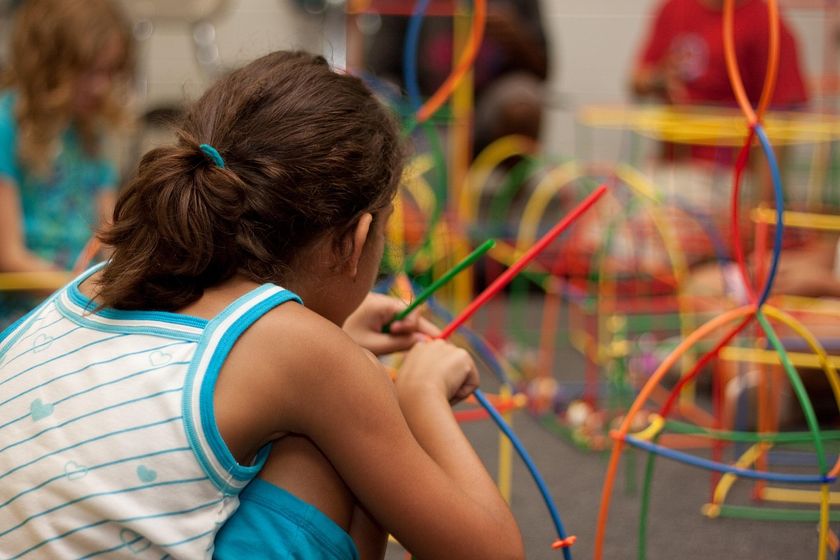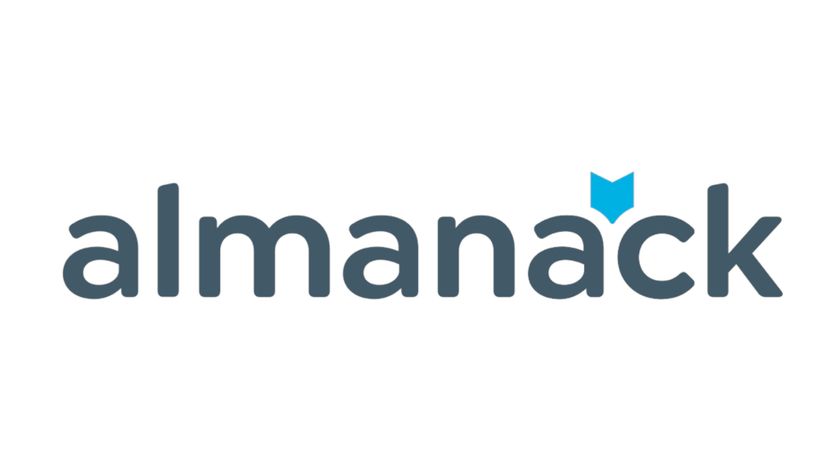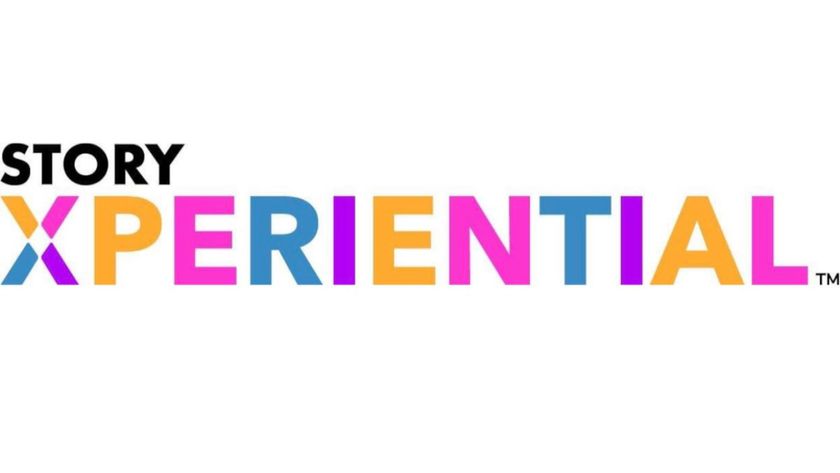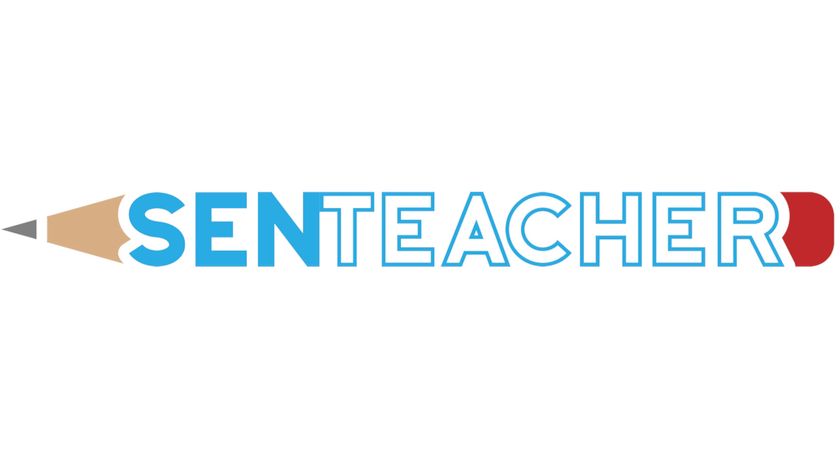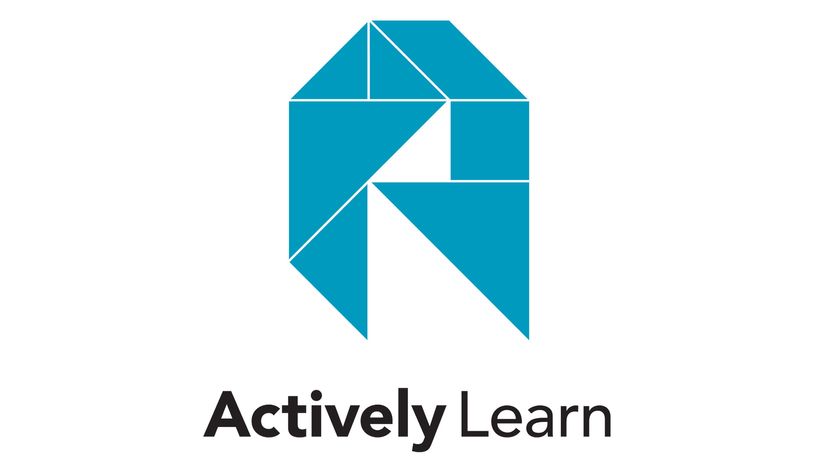Your Next Grant Proposal: 10 Steps to Starting Over
If you've written one grant proposal, congrats! You're well on your way to your next one

Once you’ve been through the process, finding and writing another grant proposal is a bit simpler. It may seem like you’re back to square one, but you’re actually way ahead. You have a good sense of what grant proposals require and what judges want to see.
It’s a good idea to know why your original grant proposal didn’t win. Ask the funder for comments about it. Read the summaries of projects that did win. Try it again – tweak it, adapt it, or find a different funder. Or find a new idea. The important piece is to get started.
Your Next Grant Proposal: 10 Steps to Getting Started
1. What do you want to do?
You know that grant givers are looking for strong proposals. Think through your ideas and make sure you pick the one that’s most important for student learning. State your idea as an elevator pitch (with just enough supporting details to convince others).
2. Talk to others and build a team
Build support for your idea. Put together a team to discuss and plan. Make sure they are willing to carry out the project if it’s funded or not, and that they also will contribute to the grant-writing process.
3. Enlist resources and stakeholders
Tech & Learning Newsletter
Tools and ideas to transform education. Sign up below.
Be sure of your ability to carry out the plan and the commitment of your supervisors, personnel you’ve tapped for the project, and the community.
4. Identify funding sources
You may want a grant from small, community-based funds or large-scale corporate or government programs. Tech & Learning’s Grant Guide lists and details various types of funding programs, including federal grants (both formula and program grants), state grants, foundation grants, community grants, and corporate grants.
5. Find what grants are out there
Grant search sites can help you target specific grants. Some are free and some are subscription-based, and offer various kinds of advice. The four most often used are Candid, Grants.gov, Grant Gopher, and Grant Watch.
6. Narrow it down
Before you start writing, review the grants you find carefully. You want to match the perfect grant to meet your needs. So make sure you know what you want and exactly what the RFP is looking for. Is it a good fit?
7. Check out the funder
After you’ve found one or two potential funding sources that you think would be a good fit for you, review the company or agency to make sure they offer the kinds of grants you need. You can look into their funding history, review their web sites (and success stories) thoroughly, check their social media presence, and contact them.
8. Do the math
Is the amount of money available in the grant sufficient for your needs? Determine ahead of time what staff and equipment you will need for your program and see if this grant will cover it. If it doesn’t, there might be other sources of funding you can tap into.
9. Read the directions
Review the grant application instructions carefully and check other projects they’ve funded so you know how to answer each part of the grant.
10. Know how they evaluate proposals
Scoring criteria are often included in the grant request for proposals and many have a scoring rubric. Each item has an assigned point value, usually from 5 to 20 points. These include areas such as the application presentation and format, the program you’ve described, professional development, access to technology and support, communication and collaboration, budget, and sustainability.
All of the above are necessary but the most important piece is to start writing. You have the knowledge of what you want and what to do. You have a great background in understanding the grant writing process. And you have the motivation to gather your team and get started. Good luck!
Gwen Solomon was Founding Director of The School of the Future in New York City, Coordinator of Instructional Technology Planning for New York City Public Schools, and Senior Analyst in the U.S. Department of Education’s Office of Instructional Technology. She has written and co-authored several books and many magazine articles on educational technology.




